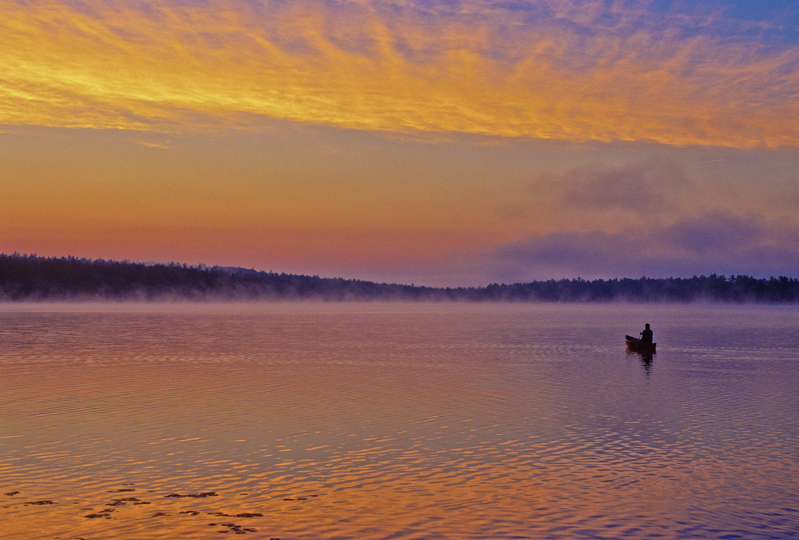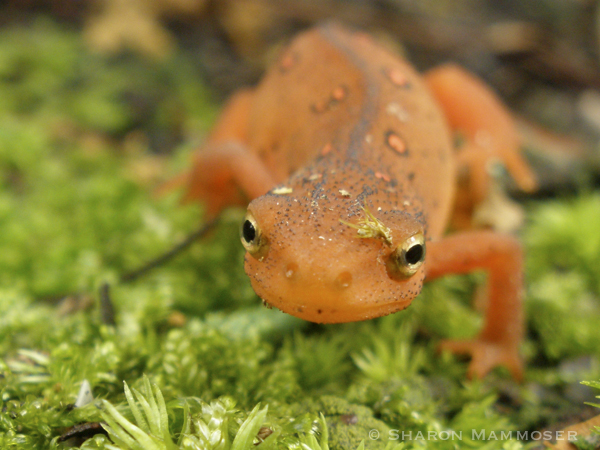
Happy Spring!!! Did you know today is the first full day of spring? (If the temperature is any indication, you might be fooled! Did you get snow where you live last night?)
In the past two months I spent an amazing amount of time reading about amphibians in preparation for a program I had last week. This group of animals is incredibly fascinating and I seemed to find something daily that had me shaking my head in wonder. I thought it would be fun to share some of the really interesting stuff with you. (And if you were at my program, this won’t all be a repeat–much of this was stuff I didn’t have time for.)
1.Did you know that salamanders have been on Earth for more than 300 million years? They were here 40 million years BEFORE the dinosaurs! Worldwide there are close to 600 different species.
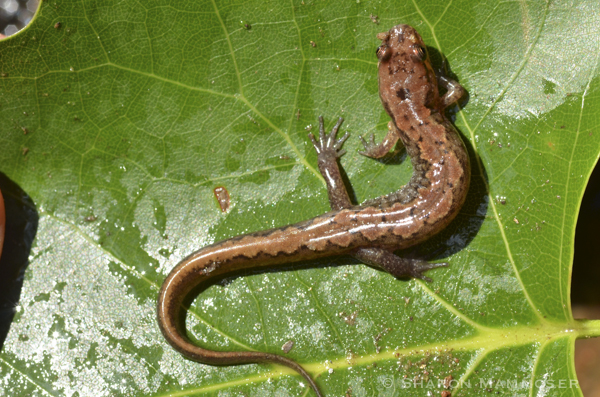
2. When you think of salamanders, do you imagine a GIGANTIC creature that is as big as a baby alligator? Well amazingly, such an animal exists! It lives in Japan and gets to be 5 feet long. And guess what? It’s not even the LARGEST salamander in the world! (That prize goes to the endangered Chinese giant salamander, Andrias davidianus that can be 6 feet long!) Check out the video here of the Japanese giant:
3. The Giant Japanese Salamander from above is related to another pretty big salamander we have right here in western North Carolina–one called a Hellbender. The Hellbender salamander can get to be 29 inches long and lives in fast moving, pollution-free streams and rivers in southern Appalachia. It can live for 30 years and may live it’s entire life under the same rock! Males actually are the ones that will guard and protect the developing eggs, for 68-75 days! Here are two great videos about this unique creature called a Hellbender:
4. You probably know that frogs have long tongues that they can shoot out of their mouths to grab their unsuspecting prey, but did you know some salamanders can do this too? Check out this salamander with the world’s longest amphibian tongue!
5. In many places in eastern North America the biomass of salamanders outweighs the biomass of all of the mammal and birds combined!! Do you wonder how this can be since you hardly ever see salamanders? It’s because at any given time 90% of the salamander population is underground! The other 10% is hiding under leaves or rocks so you don’t see much of them either. The Southeast has the highest salamander density in the world!
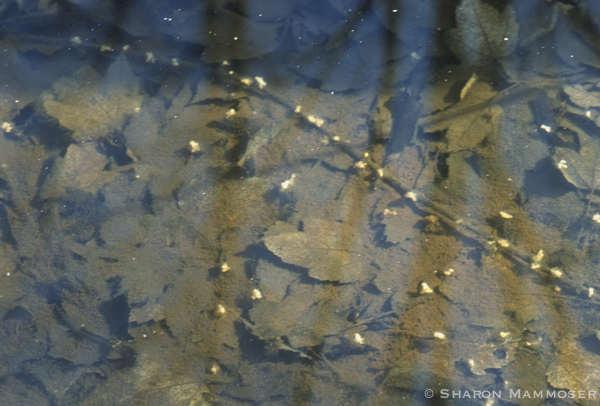
6. Most salamanders have a pretty dull sex life. The male deposits sperm in a little packet called a spermatophore on the bottom of the pond bottom and then the female comes along and sits on it, bringing it into her cloaca, where her eggs are fertilized and then laid in the water and left behind to develop on their own.
7. Some salamanders actually watch over the eggs before they hatch, especially if the female lays them on land rather than in water. Many of our lungless salamanders lay their eggs under rocks and then will curl their bodies around them to keep them moist and protect them from predators. They will remain with them for several months, until they hatch.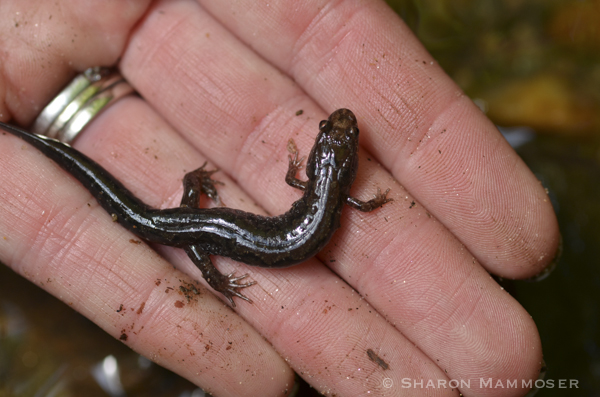
8. Yes, if you read that last one correctly, you probably noticed I said lungless salamanders. It’s true. There is a giant group of salamanders (family Plethodontidae) that do not have gills or lungs. They live on land and get the oxygen they need through their moist skin! This is one of the reasons why salamanders (and other amphibians) worldwide are declining in great numbers–they are very susceptible to pollution.
9. Salamanders don’t need to eat all that often. Some will have only a few meals each year. And amazingly, there is a salamander that lives in caves in southern Europe that can go 10 years without a meal!! This salamander, called “Olm” or “Human fish” (Proteus anguinus) is light colored and can live for 100 years! Check out the video of it here.
10. There is a salamander that lives on the high Russian plain at 64 degrees latitude–almost to the Arctic Circle. This amazing salamander, called the Siberian newt (Salamandrella keyserlingii) has the largest range of any salamander in the world and is capable of surviving after being frozen in the tundra ice for several years!
So many amazing creatures on our great Earth! Stay tuned as next week I will do a post called 10 things you might not know about frogs and toads.
Have a wonderful day!

